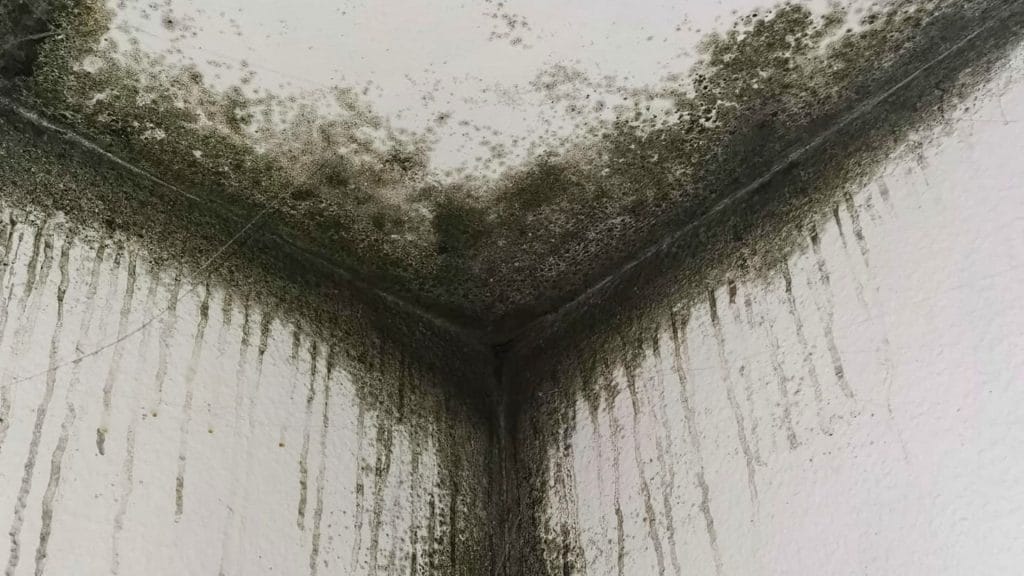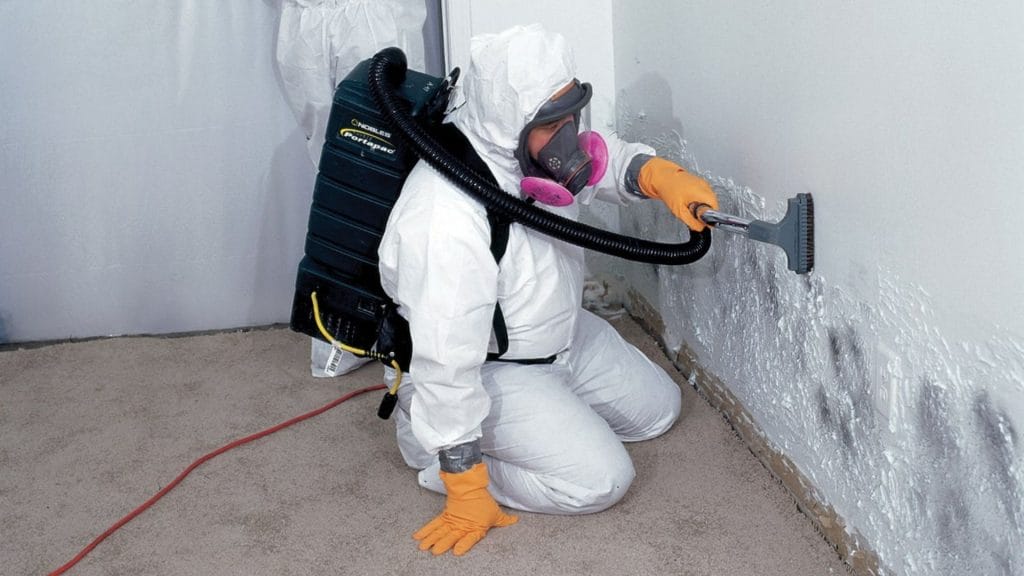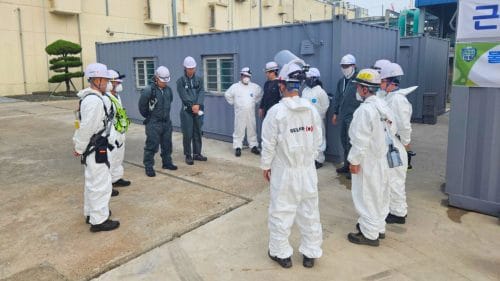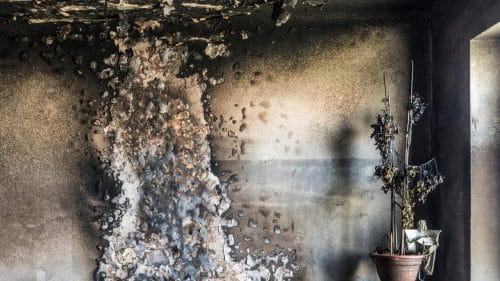The Hidden Health Risks of Mould After Monsoon Flooding

Key Takeaways:
- Mould can develop rapidly after flooding, especially in Asia’s humid climate. Therefore, immediate action is critical to prevent widespread contamination.
- Spores can travel through air systems, reaching unaffected parts of a building and creating invisible exposure risks for staff and visitors.
- Prolonged exposure to mould can lead to serious health effects, including respiratory symptoms, fatigue, and increased vulnerability in those with pre-existing conditions.
- Superficial cleaning is not enough to ensure safety because effective remediation requires professional expertise to identify, contain, and fully eliminate mould from commercial environments.
Introduction
Asia’s monsoon season presents more than just structural challenges for commercial and industrial properties. Prolonged dampness following a flood creates ideal conditions for mould to thrive, often in concealed areas such as wall cavities, flooring, or air systems. The health risks associated with black mould are frequently underestimated, especially when contamination is not immediately visible.
This article examines the health impacts of mould exposure in post-flood environments, how spores can spread discreetly throughout a facility, and why prompt, professional remediation is vital to protect occupant wellbeing, meet regulatory obligations, and support long-term operational stability.
Why Does Mould Develop So Rapidly After Flooding?
After a flood, moisture can penetrate deep into walls, flooring, and structural materials. In Asia’s persistently humid climate, such conditions allow mould to begin forming within 12 to 24 hours, with visible growth often appearing within 72 hours. Even limited or surface-level water exposure can create a suitable environment for microbial activity, making early intervention essential to prevent further spread.
Standard drying methods are often inadequate. Materials such as plasterboard and insulation can retain moisture well beyond what is visible or detectable without specialist equipment. Without a comprehensive flood damage restoration strategy, mould can take hold and spread throughout the premises, increasing the risk of contamination and long-term structural deterioration.
How Do Mould Spores Spread Within a Commercial Property?
Mould spores are microscopic and easily dispersed. Once disturbed or dried, they can become airborne and move freely throughout a facility. In commercial environments, central ventilation systems can accelerate this spread, drawing spores into ducts and distributing them across multiple zones.
As a result, areas that were not directly affected by flooding may still become contaminated. Without targeted mould inspection services, these hidden reservoirs often go undetected. Just one untreated source can enable spores to migrate between floors, potentially compromising indoor air quality, and undermine ongoing recovery efforts.

What Are the Health Risks Associated with Black Mould Exposure?
The health risks linked to black mould following a flooding incident are often overlooked, particularly when symptoms are mild or gradual. Prolonged exposure can lead to respiratory issues such as persistent coughing, wheezing, and shortness of breath. In some cases, individuals may also report skin irritation, headaches, allergic reactions or unexplained fatigue.
Employees with underlying conditions such as asthma, allergies, or compromised immunity are especially susceptible. In enclosed or poorly ventilated spaces, the effects can become more pronounced. Over time, repeated exposure may contribute to chronic health concerns, potentially reducing workforce productivity and increasing the likelihood of absenteeism across affected teams.
Can Mould Compromise Air Quality Even If It Is Not Visible?
Some mould species can produce mycotoxins, chemical by-products that have been linked to symptoms such as headaches, fatigue, and memory issues. However, these effects are rarely reported in indoor environments, and research has yet to establish a consistent correlation between mould exposure and these symptoms.
What is clear is that mould can degrade air quality and contribute to respiratory discomfort, especially in enclosed or poorly ventilated spaces. When there are suspected health risks associated with black mould, professional mould remediation is the most reliable approach to identify contamination, implement mould remediation activities to restore a healthy indoor air quality.
Why In-House Cleaning Is Insufficient to Address Health Risks
Visible mould growth may seem manageable, leading some businesses to rely on internal teams for basic cleaning. However, this often results in a false sense of resolution. Mould spores can penetrate deep into porous materials such as timber, insulation, plaster boards and ceiling panels, where surface cleaning is ineffective, because mould thrives when there is moisture. Hence, identifying and eradicating the source of moisture is as important as cleaning it..
Without proper remediation, mould is likely to re-emerge, increasing long-term exposure risks. Professional intervention is critical to reduce associated black mould health risks and ensure a lasting solution. Trained specialists use specialised equipment to eradicate mould thoroughly and implement measures to prevent recurrence, including ventilation improvements and targeted moisture control.

Taking Mould Risks Seriously Is Key to Business Continuity
Mould should not be treated as a secondary concern after flooding. It presents a persistent and often hidden threat that can affect occupant health, damage structural materials, and disrupt business continuity. If not handled properly, the black mould health risks associated with prolonged exposure may lead to increased absenteeism, significant reduction in productivity, and escalating remediation costs.
BELFOR works with commercial and industrial clients across Asia to manage post-flood contamination effectively. Our certified recovery specialists are equipped to assess, contain, and remediate mould in complex environments, helping businesses return to safe operations with minimal disruption.
If your facility has been affected by flooding, early action is essential. Get in touch to arrange for a professional assessment and protect your personnel, property and ensure smooth operations.


